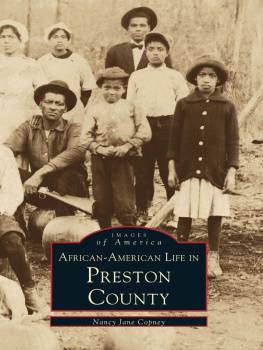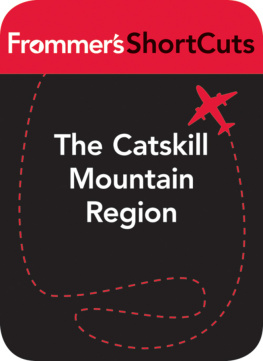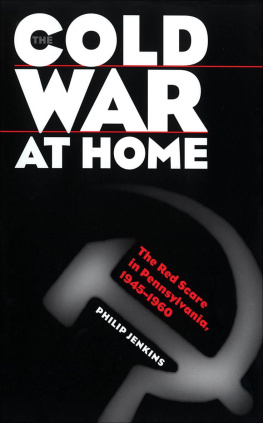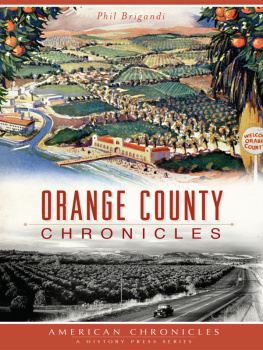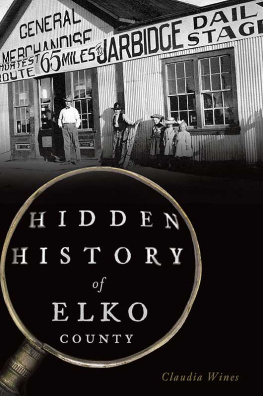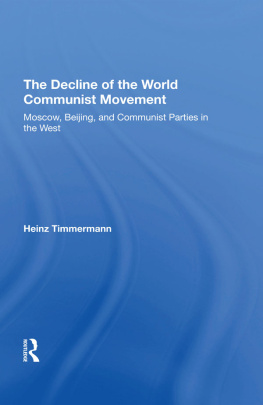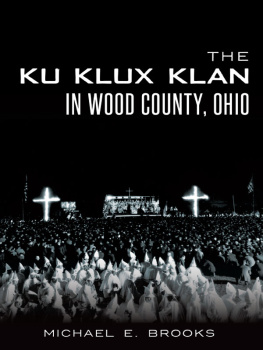The general term Communist Party is used throughout the book for the purpose of clarity. It is not intended to obscure the contentiousness of the party's history in the United States, which began in 1919 when two separate and antagonistic parties formed, the Communist Party of America and the Communist Labor Party, both of which operated mainly underground. In 1921, following a merger of the Communist organizations, the Workers Party of America emerged as a legal party front. In 1924, it became the Workers Party, and finally, in 1930, adopted the name Communist Party USA.
ACKNOWLEDGMENTS
This project, so long in the making, would not have been possible without the help of many associates, friends, and family. My work began at the University of Southern California in the early 1990s where the chairman of my dissertation committee, Tom Hollihan, and committee members Randall Lake and Steven J. Ross conscientiously guided the project that would become this book.
The completion of my degree made it possible for me to join the faculty of Berea College, an institution unlike any other, where I was eventually granted a sabbatical during which I wrote an early draft of the manuscript. Berea College also provided funding for my work at the Library of Congress and has always supported my aspirations as a teacher and writer. I also thank the Appalachian College Association, which provided a generous sabbatical fellowship.
I am grateful to a number of historians who have encouraged and assisted me. Bill Pratt has shared his observations, feedback, and materials since I first contacted him in 1992. At the same time, I read Lowell Dyson's Red Harvest, an excellent source on American Communists and farmers. Dyson's interview with Charles E. Taylor was invaluable to my work. I also appreciate Harvey Klehr's and John Earl Haynes's work at the Russian State Archive of Socio-Political History and Haynes's negotiations that brought microfilm copies of important Communist Party USA (CPUSA) documents to the Library of Congress.
Also critical to my work were the contributions of many local historians, writers, residents, and former residents of Sheridan County who generously shared their memories and perceptions of the radical period. I have turned time and again to what folks in Sheridan County reverently refer to as the book: Sheridan's Daybreak. I am grateful to Magnus Aasheim for his efforts in editing both Sheridan's Daybreak and its sequel, Sheridan's Daybreak II, as well as the research on the old Chicken Ranch that Mags undertook on my behalf during the fall of 2002. I wish he could have lived long enough to see this project completed.
During the writing of this book, two other important contributors passed away: my grandfather, Ray Stoner, who talked to me about his experiences during the Red days, and Carl Taylor. Carl and his sister, Ellen Taylor Syrstad, candidly shared recollections about their father, Charles Taylor, and their childhood experiences in Plentywood. I also thank everyone who agreed to be interviewed for this book as well as the contributors and section editors who worked with Magnus Aasheim on the Daybreak books. In particular, I am grateful to my mother, Helen Stoner, who has constantly encouraged and supported my work on the Sheridan County farmers movement (and all of my aspirations), most recently by joyfully undertaking the task of locating photos for this book. And I would be remiss if I failed to acknowledge Bill Wirtz for sharing the newspapers he discovered in the old shop at the farm.
I appreciate the frequent and patient assistance of my friends in the Sheridan County Courthouse, Library, and Museum: Sheila Lee, Mary Lynch, Milt Hovland, Bernice Van Curen, Joanne Garrick, Pat Tange, and Doug Smith. Thanks are in order to Joe Nistler, Tim Polk, and Marvel Hellegaard at the Sheridan County News and Burl Bowler and Milton Gunderson at the Daniels County Leader. I also owe thanks to several colleagues at Berea College who have offered their encouragement and assistance: John Bolin, Stephanie Browner, Phyllis Gabbard, and Richard Sears.
I am grateful to Charles Rankin, who, as editor of Montana The Magazine of Western History, published my article on the Producers News and later offered the best advice I could have received: that I take my manuscript to the Montana Historical Society Press. Molly Holz has been a gracious, welcoming, and wise editor, and her staff, including Glenda Bradshaw, Diane Gleba Hall, and Christy Goll, has been most helpful. It has been a joy to work with Ursula Smith, who has my gratitude for guiding me through the copyediting process and for her meticulous, elegant work and delightful e-mails. I also thank David Emmons and two anonymous reviewers for their helpful comments on the manuscript.
Finally, I thank my husband, Andy McDonald, who has been my steadfast supporter since I began this research. His instant appreciation for the prairies and people of northeastern Montana when he first visited in 1985 helped me see my home from a new perspective. Later, Andy put his knowledge about political history and his gifts as a writer and editor to work in reviewing my manuscript. His unflagging encouragement, patience, good humor, and loving care for our daughter, Carlyn, made it possible for me to complete this project. I look forward to our next project and all of the adventures to come.

VERLAINE STONER MCDONALD is a professor in the Department of English, Theatre, and Speech Communication at Berea College. She grew up on the Sheridan County farm homesteaded by her great-grandparents and now lives in Berea, Kentucky, with her family.
BIBLIOGRAPHY
BOOKS AND ARTICLES
Aasheim, Magnus, ed. Sheridan's Daybreak. Great Falls, Mont.: Blue Print and Letter Company, 1970.
, ed. Sheridan's Daybreak II. Aberdeen, S.Dak.: North Plains Press, 1984.
Anderson, Arlow W. The Norwegian-Americans. Boston: Twayne, 1975.
Arnesen Eric, Julie Green, and Bruce Laurie, eds. Labor Histories: Class, Politics, and the Working Class Experience. Urbana: University of Illinois Press, 1998.
At Home. New International, March 1939: 66.
Barnes, Donna A. Farmers in Rebellion: The Rise and Fall of the Southern Farmers Alliance and People's Party in Texas. Austin: University of Texas, 1984.
Baxter, Don. Next Year Country: The Story of Eastern Montana. Boulder, Colo.: Fred Pruett Books, 1992.
Beloit Scores on Purple Team. Chicago Daily Tribune, October 15, 1905, A1.
Bison Men's Basketball, 20082009. Grand Forks: North Dakota State University, 2008.
Boswell, Evelyn. Plentywood's Red Days Remembered. Billings (Mont.) Gazette, October 9, 1989, 5A.
Brazier, Richard. The Story of the IWW's Little Red Song Book. Labor History 9 (Winter 1968): 91107.
Buell, Jennie. The Grange Master and the Grange Lecturer.


